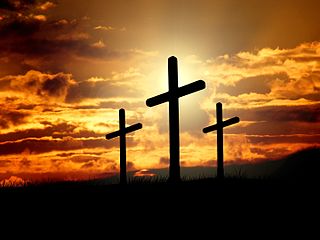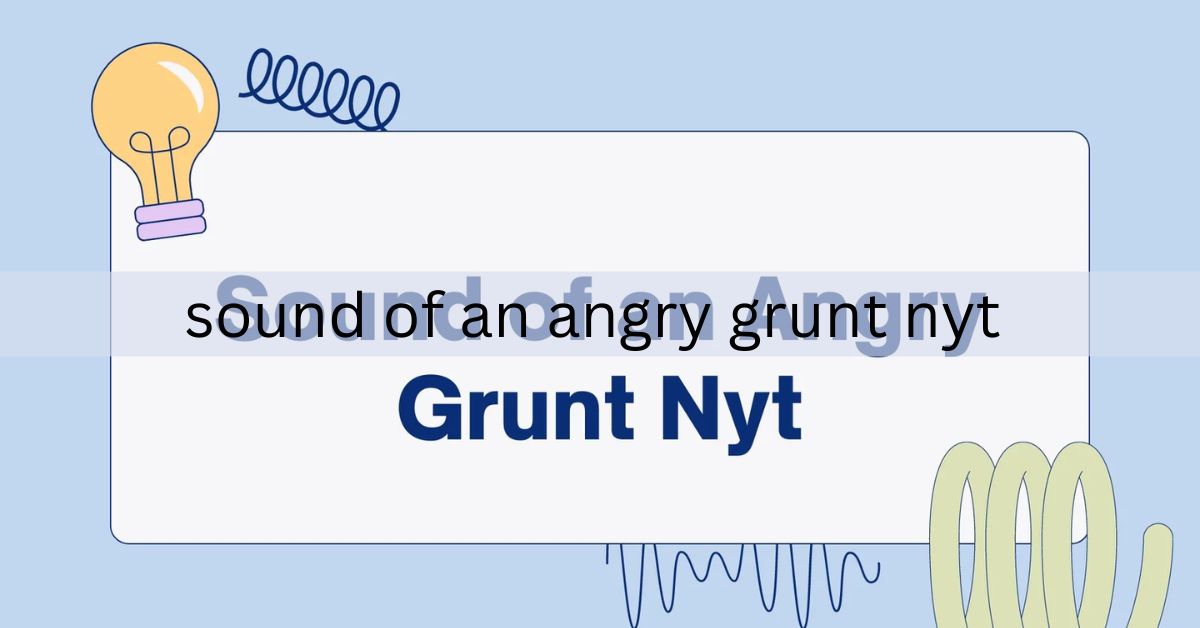I first encountered Iekşi during a cultural exchange program in Turkey. Immersing myself in its traditions— from participating in rituals to learning its historical significance— profoundly impacted me.
“Iekşi” is a cultural tradition with ancient origins that symbolizes unity and identity in various societies. Embracing Iekşi helps people connect with different communities and understand its importance in personal growth and cultural appreciation.
In this article, we’ll discuss “Iekşi”—a cultural tradition rooted in ancient practices and meaningful to many societies today. We’ll explore how Iekşi represents unity, identity, and community across different cultures.
What are the historical origins of Iekşi?
The historical roots of Iekşi go back to ancient times when communities used it to symbolize togetherness and shared beliefs. It started with ceremonies and customs that were important for their culture and society.
As time passed, Iekşi changed with new technologies and ways of life, but its core ideas stayed the same. Different cultures adopted Iekşi, each adding their own traditions and meanings.
This made Iekşi not just a local custom, but a symbol of unity and identity for many different groups of people. Understanding where Iekşi came from helps us see why it’s still meaningful today, connecting people across diverse cultures and histories.
How has Iekşi evolved over time?

Iekşi has changed a lot over time as cultures and societies have changed. It started from ancient rituals that focused on bringing people together and has grown to mean different things in different places. As societies developed and learned from each other, Iekşi adapted to fit new ideas and beliefs.
Throughout its history, Iekşi has transformed to reflect how societies have changed. It began as a symbolic ritual and has become a complex concept with many meanings today.
Nowadays, Iekşi isn’t just practiced in traditional ways—it’s also part of modern culture, influencing art, fashion, and even online platforms.
Its changes show how flexible and important it is for connecting communities and promoting understanding in our global world.
Why is Iekşi important in different cultures?
- Symbol of Unity: It serves as a symbol that brings people together and reinforces community bonds.
- Cultural Identity: Iekşi helps preserve and promote cultural identity, reflecting shared values and traditions.
- Historical Significance: It carries historical meaning, connecting present generations with their ancestors.
- Promotes Understanding: Embracing Iekşi fosters mutual understanding and respect among diverse cultural groups.
- Social Cohesion: It strengthens social cohesion by encouraging cooperation and mutual support within communities.
- Spiritual and Emotional Connection: Iekşi provides a spiritual and emotional connection to heritage and roots.
- Celebration of Diversity: It celebrates cultural diversity while emphasizing common human experiences and values.
- Educational Value: Studying Iekşi provides insights into different worldviews and historical perspectives.
- Adaptability: Iekşi adapts to changing times, remaining relevant in modern societies while honoring traditions.
- Global Influence: It contributes to global cultural exchange and dialogue, enriching cultural landscapes worldwide.
What are the cultural meanings and symbolism associated with Iekşi?

The cultural meanings and symbols connected to Iekşi are diverse and important in different societies. At its heart, Iekşi often represents unity and being together, reminding people of their shared identity and values. It includes traditions passed down over time, carrying the wisdom and stories of past generations.
Through rituals and ceremonies, Iekşi strengthens social ties and encourages support among its followers, creating a sense of belonging and community. In addition to unity, Iekşi also holds symbolic meanings related to cultural heritage and spirituality.
It can symbolize the preservation of cultural identity amid modern changes, bridging traditions from the past to the present. In some cultures, Iekşi represents specific qualities like respect for elders, kindness, or resilience in difficult times.
Its symbols vary widely depending on where it’s practiced, showing the different ways people understand and value Iekşi in today’s interconnected world.
How can I learn more about Iekşi traditions and practices?
To learn more about Iekşi traditions and practices, there are several simple ways you can explore. Start by reading books and articles that discuss its history and cultural significance. These sources offer detailed insights into how Iekşi has evolved over time and its importance in different societies.
You can also take online courses or attend workshops focused on cultural studies. These classes provide structured learning opportunities and allow you to connect with experts and others interested in Iekşi.
Another great way to learn is by participating in cultural events or festivals where Iekşi is celebrated. This lets you experience the traditions firsthand and interact with people who practice Iekşi.
Additionally, joining online forums and social media groups dedicated to cultural heritage can connect you with a community of enthusiasts and experts who share knowledge and experiences about Iekşi from around the world.
What role does Iekşi play in contemporary society?

In contemporary society, Iekşi plays a role in connecting people and preserving cultural heritage. It promotes unity and understanding among diverse communities by celebrating shared traditions and values.
Additionally, Iekşi fosters a sense of belonging and identity, helping individuals and groups maintain their cultural roots amidst modern changes.
It also contributes to cultural diversity by showcasing unique practices and beliefs, enriching global dialogue and mutual respect.
FAQs:
1. What are the main values associated with Iekşi?
Iekşi emphasizes values such as unity, respect for traditions, community solidarity, and cultural identity. These values are central to its practices and rituals, fostering a sense of belonging among its practitioners.
2. How does Iekşi adapt to diverse cultural contexts and modern lifestyles?
Iekşi adapts by incorporating new ideas while maintaining its core values and principles. This adaptability allows Iekşi to resonate with diverse cultural contexts and remain relevant in today’s
3. What are some misconceptions about Iekşi, and how can they be addressed?
Misconceptions about Iekşi may include misunderstandings about its cultural significance, rituals, or historical context. Addressing these involves education, cultural sensitivity, and promoting accurate information to foster a respectful understanding of Iekşi among wider audiences.
4. What are some examples of Iekşi rituals and ceremonies?
Iekşi rituals may include communal gatherings, symbolic gestures, and ceremonies that emphasize unity and cultural values. These can range from traditional dances and music performances to ceremonial meals or rites marking significant life events.
5. How does Iekşi adapt to modern times?
While rooted in tradition, Iekşi adapts to contemporary society by incorporating new ideas and technologies while preserving its core values. This adaptability ensures its relevance and continuity in today’s dynamic cultural landscape.
Conclusion:
Iekşi remains a powerful symbol of cultural heritage and unity. From its ancient beginnings in community rituals to its role today, Iekşi continues to represent collective identity, respect, and diversity. By preserving traditions and promoting understanding among different communities, Iekşi enriches our global culture and fosters meaningful connections across borders.
Embracing Iekşi’s values of unity and tradition helps us appreciate our shared humanity and the richness of our cultural diversity.
Read more:



